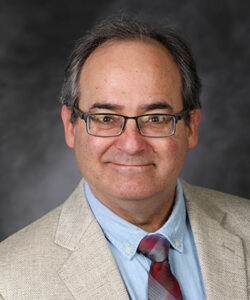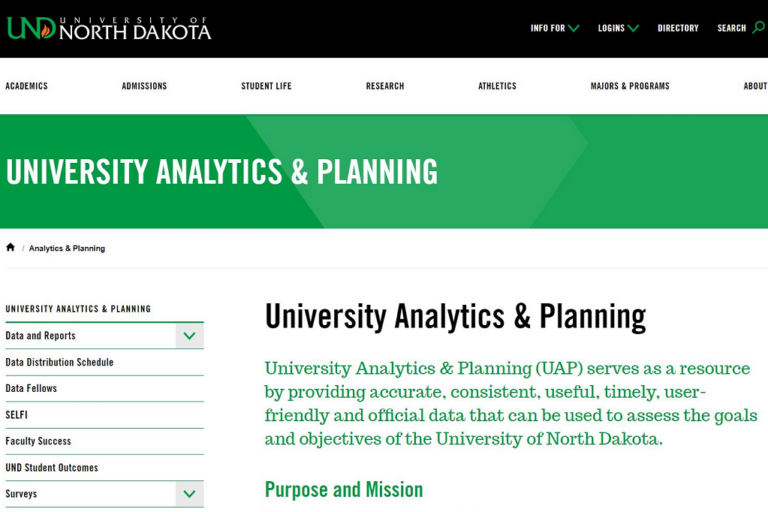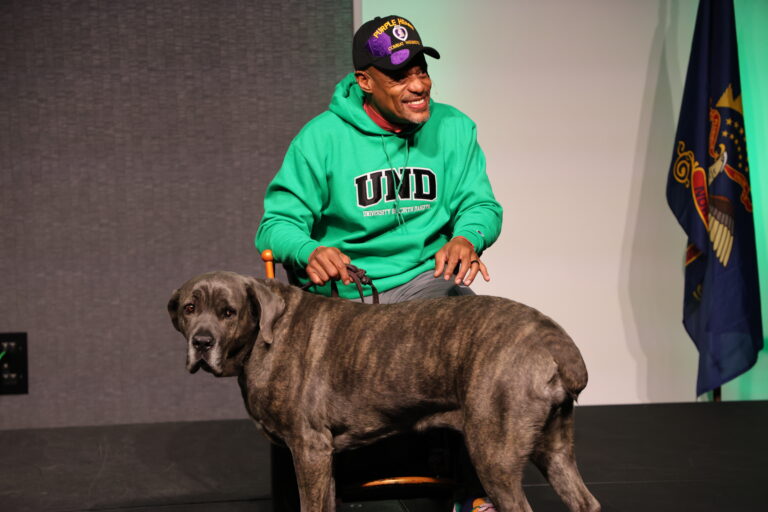Land Acknowledgement Statement ‘written by community’
New statement honors valley’s original inhabitants, and recognizes their presence, spirit and history as being integral to UND
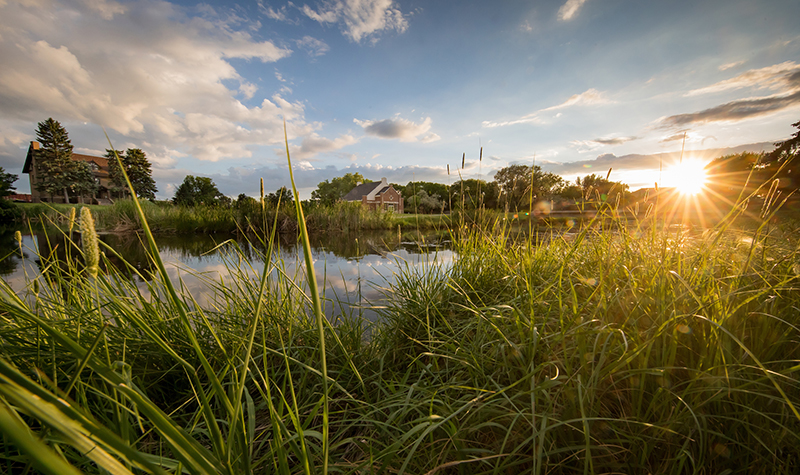
UND’s new Land Acknowledgement Statement is only 116 words. But months of research and 10,000 years of human habitation went into the statement, which is meant to call attention to the long, long history of people on the land that UND calls home.
And if you come away from reading the statement wanting to learn more, that’s exactly the point, said Stacey Borboa-Peterson, director of student diversity and inclusion at UND.

“Many of us think of UND’s history as having begun in 1883, the year of the University’s founding,” Borboa-Peterson said. “I wrote my dissertation on the founding mission of UND, and I did a lot of work with primary sources. So, I learned a lot about that time.”
But as she started work on Land Acknowledgement Statement, Borboa-Peterson learned more about the centuries of habitation that had preceded the founding – and about the treaties that had enabled the event, one of which was signed only 20 years before that historic Founding day.
“I was like, ‘I read all of the materials. I was in the archives and I read it all, and I never saw any mention about anything that was here before,’” Borboa-Peterson said.
“My hope is that for others and the institution itself, the statement offers a similar opportunity for growth. I hope that it inspires people to ask questions, and to better appreciate the Indigenous communities that were here and are still here, and whose history is still with us.”

UND President Andy Armacost agreed. “Today, UND makes an important acknowledgement, as the statement’s Purpose puts it, that ‘seeks to show respect, recognition and gratitude to Indigenous Peoples who call the land home,'” Armacost said.
“In addition, the Land Acknowledgement Statement recognizes UND’s foundational commitment to serve the First Nations of North Dakota and to build upon our relations with them. It’s my hope that whenever the statement is read before a University function, listeners will acknowledge in their hearts that the history of people here predates UND by thousands of years – and that, as the Statement describes, ‘the spirit of the Ojibwe and Oyate people permeates this land.'”
Ancestral lands
A land acknowledgement is a “formal statement that recognizes and respects Indigenous Peoples as traditional stewards of this land and the enduring relationship that exists between Indigenous Peoples and their traditional territories,” reports the American College Personnel Association, which hosted a conference on the issue in 2019.
Borboa-Peterson and Keith Malaterre, retention and advising specialist in UND’s Office of Student Diversity & Inclusion, started researching and writing a Land Acknowledgement Statement in May of last year. In November, the statement was approved by the UND Student Senate, Staff Senate and University Senate. Then-Interim President Joshua Wynne signed the statement into official use earlier this year.
The UND Land Acknowledgement Statement reads as follows:
“Today, the University of North Dakota rests on the ancestral lands of the Pembina and Red Lake Bands of Ojibwe, and the Dakota Oyate – presently existing as composite parts of the Red Lake, Turtle Mountain, White Earth Bands, and the Dakota Tribes of Minnesota and North Dakota. We acknowledge the people who resided here for generations and recognize that the spirit of the Ojibwe and Oyate people permeates this land. As a university community, we will continue to build upon our relations with the First Nations of the state of North Dakota – the Mandan, Hidatsa, and Arikara Nation, Sisseton-Wahpeton Oyate Nation, Spirit Lake Nation, Standing Rock Sioux Tribe, and Turtle Mountain Band of Chippewa Indians.”
The document also offers guidance for using the statement, noting that it “may be shared at events such as official University ceremonies, critical conversations, performances and/or conferences, as determined by the event coordinators.”
In their work, Borboa-Peterson and Malaterre took pains to make the statement specific to UND. “Our statement is not a blanket statement for all of the universities in North Dakota,” Malaterre said. “So, North Dakota State University’s statement likely will be a little different, because of the tribes that inhabited their area.
“We wanted to focus on getting ours correct with the tribes that should be represented.”
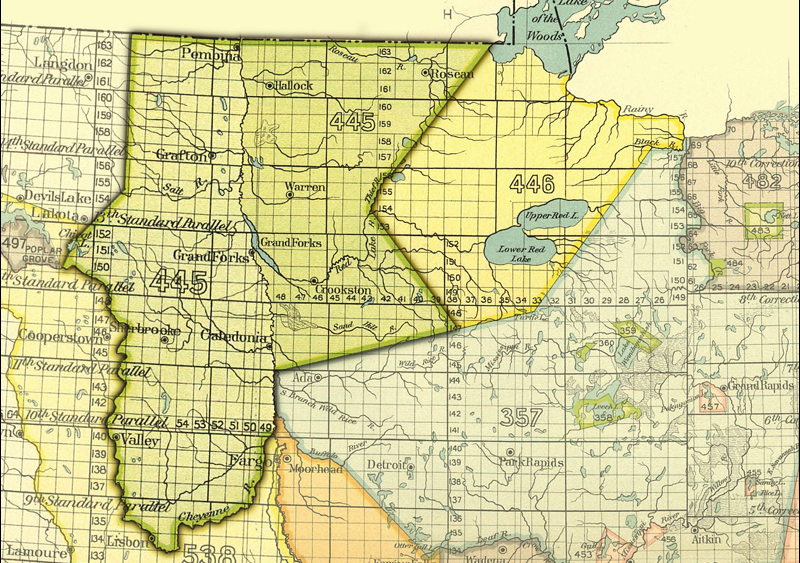
Old Crossing treaty
That task was easier said than done. Ultimately, it involved talking with historians and archaeologists from the Turtle Mountain, Red Lake, White Earth and Sisseton-Wahpeton tribes, visiting reservations in North Dakota and Minnesota and also visiting the Old Crossing Treaty Monument.
The latter is the site northeast of Crookston, Minn., where the Treaty of Old Crossing – in which the Pembina and Red Lake bands of Ojibwe ceded to the United States about 11 million acres of land – was signed in 1863.
As the plaque below the monument states, “this cession made possible the settlement of the Red River Valley.”
Then with those external visits completed, the internal visits and discussions began. Again, Malaterre and Borboa-Peterson tried to listen to as many voices as possible, talking with representatives from UND’s Indians into Medicine and Recruitment/Retention of American Indians into Nursing programs, among other groups.
“You know, when I look back on it, some of my favorite memories are from that time,” Borboa-Peterson said.
“A group of us would sit in my office. I’d write, I’d make a change, and I’d read it. We would read it out loud, every time, the whole way through. We did that so we could really hear how it sounded.
“Then we’d sit there and someone would say, ‘Oh, I’m kind of hung up on this word. How about if we replace that with this?’ So we’d do so, and we’d read it again, all the way through. Then we’d send it out for more feedback, and we’d come right back into the office and do it all over again.”
Whereas “writing by committee” often is a sign of weakness, this was “writing by community” – as Malaterre suggests, a sign of strength.

“Sometimes, land acknowledgement statements are dismissed as token gestures,” said Malaterre, who’s an enrolled member of the Turtle Mountain Band of Chippewa. “We recognized that risk, too, in the course of wondering, ‘What if we just wrote up a statement and had UND approve it?’ We were very well aware that that would not be a respectful process.
“Instead, we can say that we sought information and validation from tribal people across the region. … I believe this statement is going to strengthen our relationships with the tribal communities of North Dakota – relationships that already are good, but can, I think, be better.”
That phrase “writing by community” sums the process up, Borboa-Peterson said.
“As Keith mentioned, this definitely wasn’t something that we were going to do on our own. We wanted to make sure that the statement would be representative of a lot of different people; and at the end of the day, that’s really what it is.”
